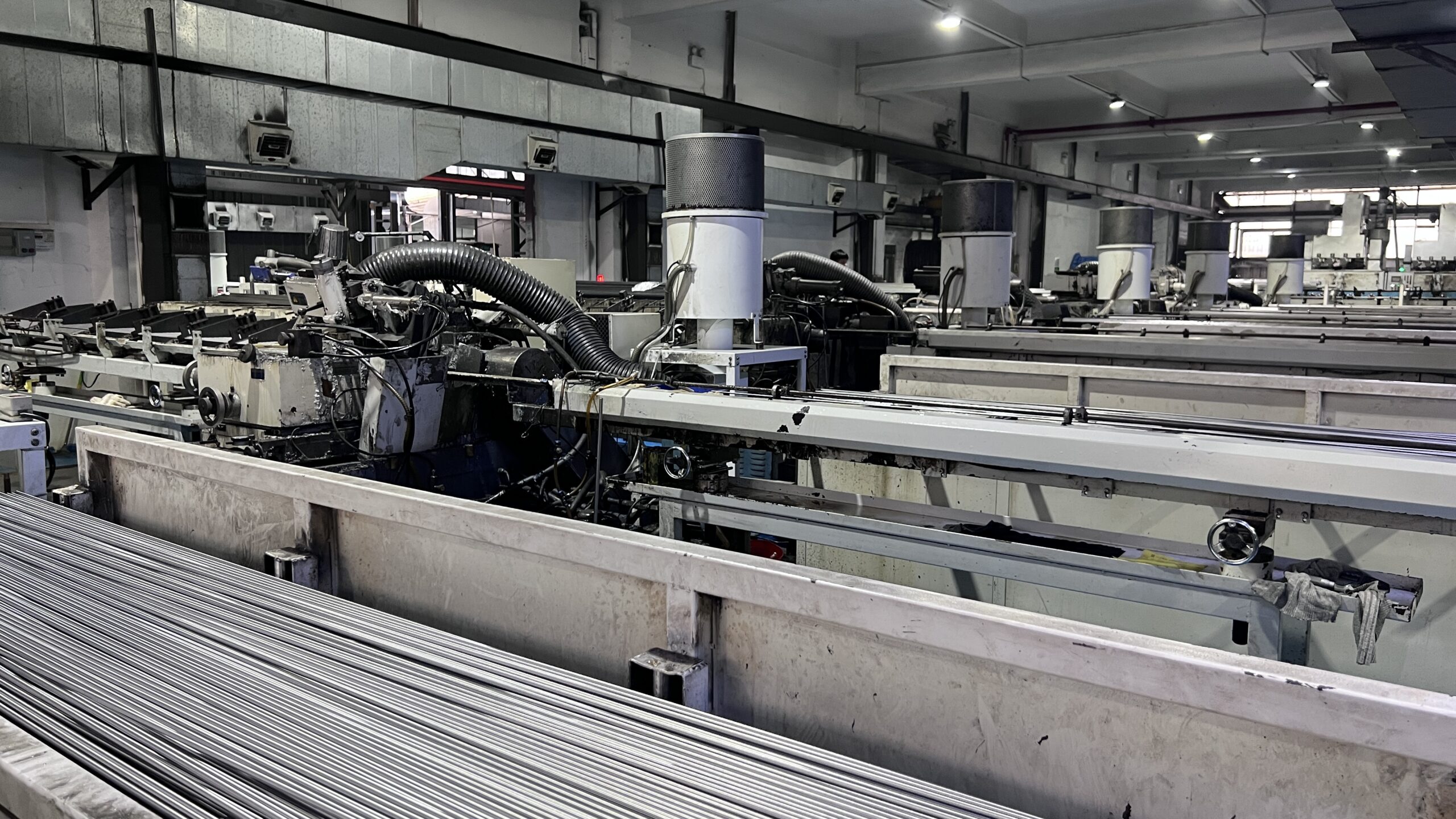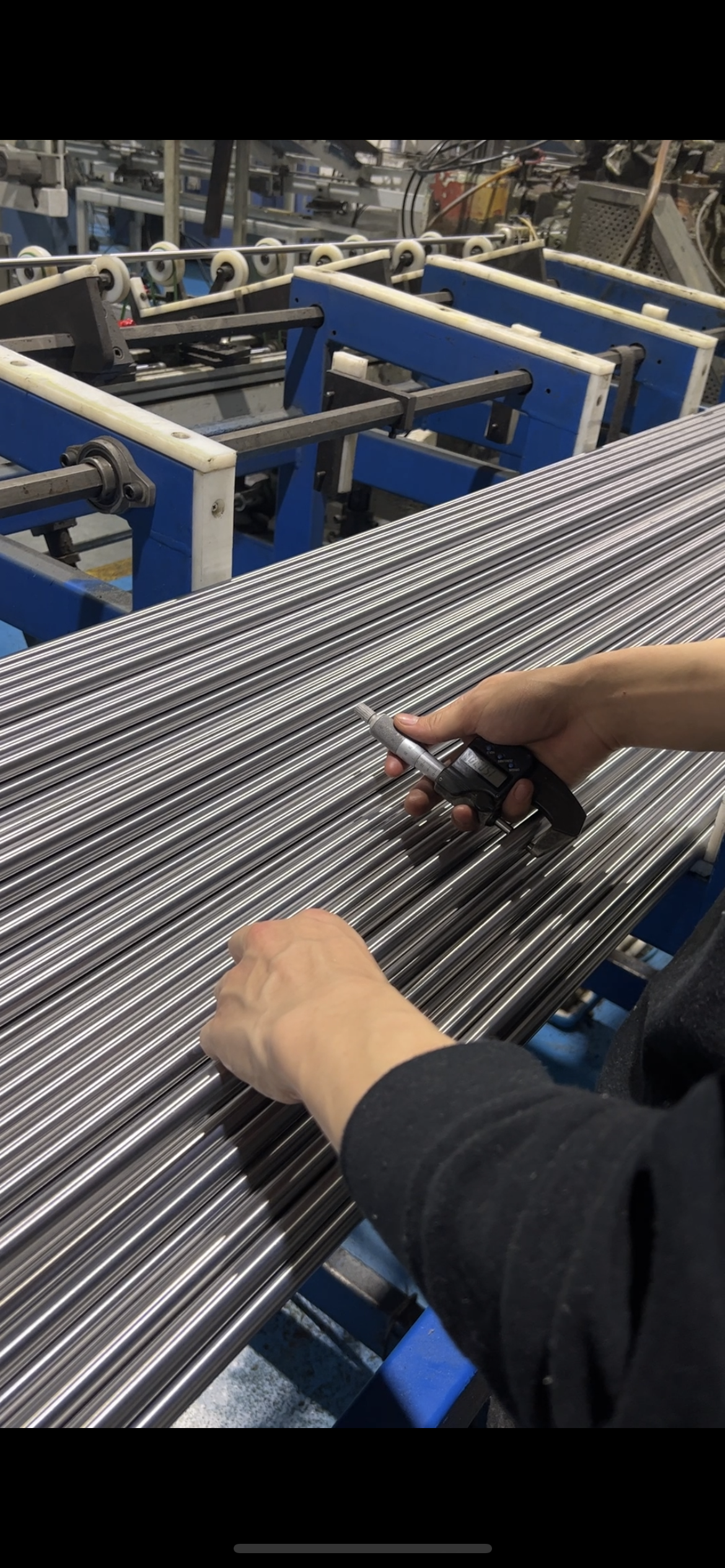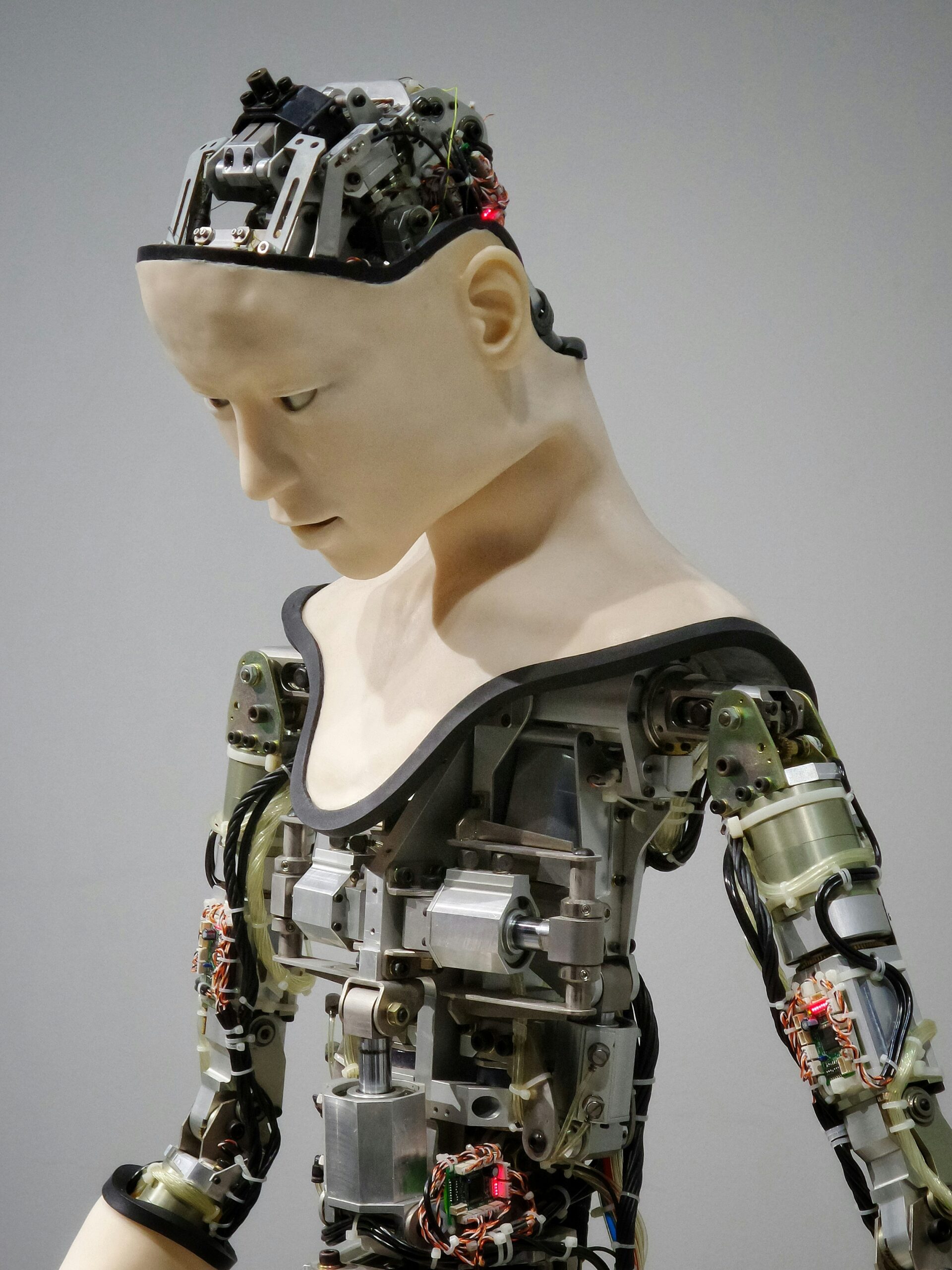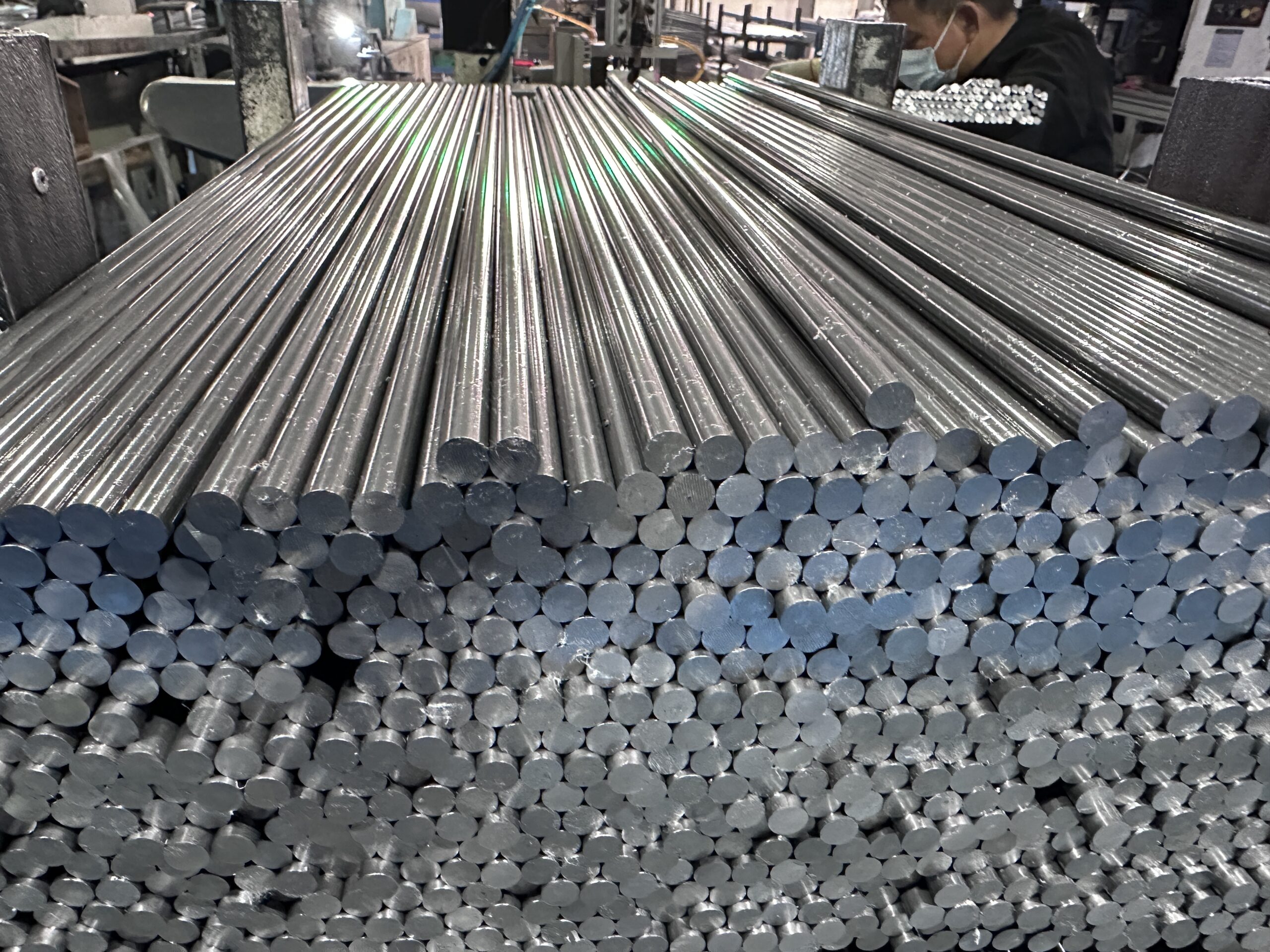Stainless steel rods are widely used in manufacturing, but their high strength and work-hardening characteristics can make them challenging to machine. Choosing the right tools, settings, and processes can significantly improve machining efficiency, reduce tool wear, and enhance the surface finish. This article provides practical tips and comparison data to help machinists optimize their stainless steel rod operations.
Key Machining Challenges
| Challenge | Description |
|---|---|
| Work Hardening | Material hardens quickly during machining, increasing tool wear |
| Heat Generation | Stainless steel retains heat, which can damage cutting tools |
| Tool Life | High hardness can reduce the life of standard tools |
| Chip Control | Long, continuous chips can affect surface finish and safety |
Best Practices for Machining Stainless Steel Rods
1. Use the Right Tool Material
Choose carbide or coated carbide tools for longer life and better resistance to heat.
2. Optimize Cutting Speeds and Feeds
Maintain moderate speeds (60–120 m/min for 304 stainless steel) and higher feed rates to reduce work hardening.
3. Apply Proper Coolant
Use high-pressure coolant to control temperature, clear chips, and prevent tool wear.
4. Select the Right Grade
Some stainless steel grades, like 303, offer better machinability than 304 or 316.
5. Use Sharp Tools and Replace Them Regularly
Worn tools contribute to heat buildup, poor finish, and dimensional inaccuracies.
Machinability Comparison Table
| Stainless Steel Grade | Machinability Rating (%) | Common Applications |
|---|---|---|
| 303 | 78 | Fasteners, shafts, precision parts |
| 304 | 45 | Food processing, piping, frames |
| 316 | 36 | Marine, chemical equipment |
| 416 | 85 | Valve components, gears |
Tooling and Speed Suggestions
| Tool Type | Recommended Speed (m/min) | Coolant Type |
|---|---|---|
| Carbide Inserts | 100–150 | Water-soluble |
| HSS Tools | 30–50 | Oil-based or mist |
| Coated Carbide | 120–180 | High-pressure jet |
Efficient machining of stainless steel rods requires a combination of the right tooling, correct parameters, and consistent practices. By understanding the characteristics of the material and optimizing your process accordingly, manufacturers can reduce costs, improve productivity, and achieve superior part quality.







